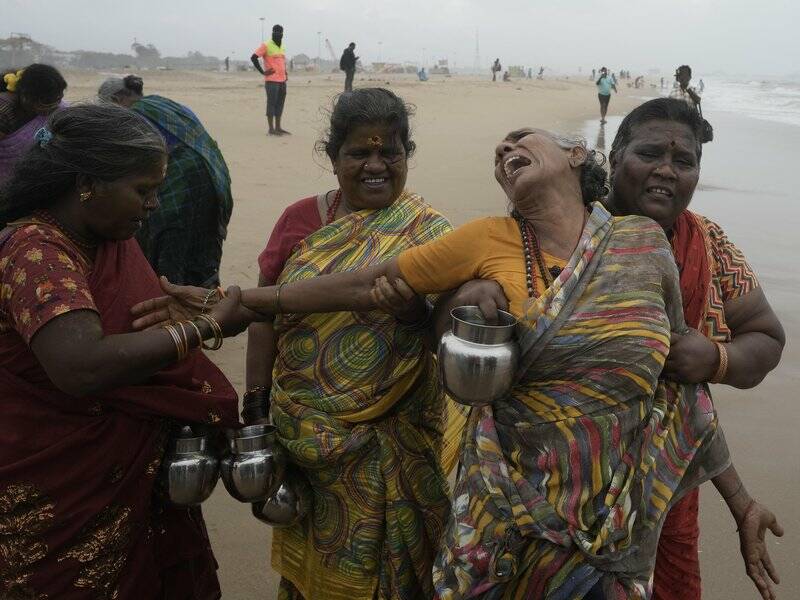
NGOCSTIP – Beyond the victims, human trafficking also leaves deep scars on families and communities. The pain experienced by victims is only part of the story. When someone is trafficked, the entire family feels the loss. Families are torn apart, and communities suffer a breakdown in social trust. This article explores how human trafficking impacts those left behind, both emotionally and socially.
The emotional toll on families of trafficking victims is immense. Parents and siblings face unbearable grief and confusion. For many, the uncertainty of not knowing where their loved ones are or whether they are alive can be devastating. The trauma of a missing family member often leads to feelings of helplessness, anxiety, and depression.
Victims’ families may also experience guilt. They may question whether they could have done something to protect their loved one. These emotions can create long-term mental health issues, often leading to isolation from the broader community. The social stigma attached to being a victim or family of a trafficking victim can further complicate the grieving process.
“Read about: Silent Suffering: The Harsh Reality of Undocumented Immigrants in Human Trafficking”
Human trafficking not only causes emotional damage but also financial strain. Families often struggle financially after losing a loved one to trafficking. The absence of a family member, especially in low-income households, can leave a financial void. In some cases, the trafficked individual may have contributed significantly to the household income.
The cost of searching for a missing person, legal fees, and mental health support adds to the financial burden. Families may also face difficulties when trying to rebuild their lives after the trauma. This financial strain can lead to further stress, poverty, and even homelessness, especially for families already living on the edge.
The effects of human trafficking ripple through entire communities. Trust is broken, and community ties weaken when trafficking becomes prevalent. Communities that experience a high rate of trafficking often become distrustful of outsiders. This distrust can affect local businesses, schools, and public services, as people become wary of interactions with strangers.
Trafficking also leads to a breakdown in community cohesion. Neighborhoods that once relied on mutual support now become fragmented. Community-based support systems, such as churches, local charities, and schools, often struggle to cope with the psychological and emotional fallout. As more families become victims, the overall sense of safety and solidarity in the community deteriorates.
Families of trafficking victims often face social stigma. The trauma experienced by victims and their families is often misunderstood by others. Society sometimes blames the family for the trafficking incident, leading to feelings of shame and isolation. This can prevent families from seeking help or talking about their experiences, prolonging their suffering.
Communities may marginalize these families, further isolating them from support systems. Stigma can be especially prevalent in tightly-knit or conservative communities, where any form of perceived shame or dishonor is deeply frowned upon. In such environments, families of trafficking victims may retreat from public life, exacerbating their emotional and social struggles.
“Read more: Pekanbaru Toddler Kidnapping Hoax: Uncovering the Real Facts”
Law enforcement plays a crucial role in mitigating the social fallout of human trafficking. Prompt and effective action can bring traffickers to justice and potentially reunite families with their loved ones. However, even when law enforcement succeeds in rescuing trafficking victims, the recovery process is long and complicated.
Community support services are essential for helping victims and their families reintegrate into society. Rehabilitation programs for victims of trafficking can help them regain their autonomy. Families also need access to counseling, financial aid, and legal services to rebuild their lives. Support from non-governmental organizations (NGOs) is critical in providing the necessary resources.
After a trafficking incident, rebuilding the social fabric of a community takes time. Community leaders and organizations must work together to restore trust and solidarity. Public awareness campaigns can help reduce stigma and educate people about the realities of human trafficking. These initiatives can foster a more empathetic approach to supporting victims and their families.
Rebuilding trust within a community involves addressing the root causes of trafficking. This includes addressing economic disparity, improving education, and providing opportunities for at-risk individuals. A strong, united community can help prevent future trafficking and support the healing process for families affected by it.